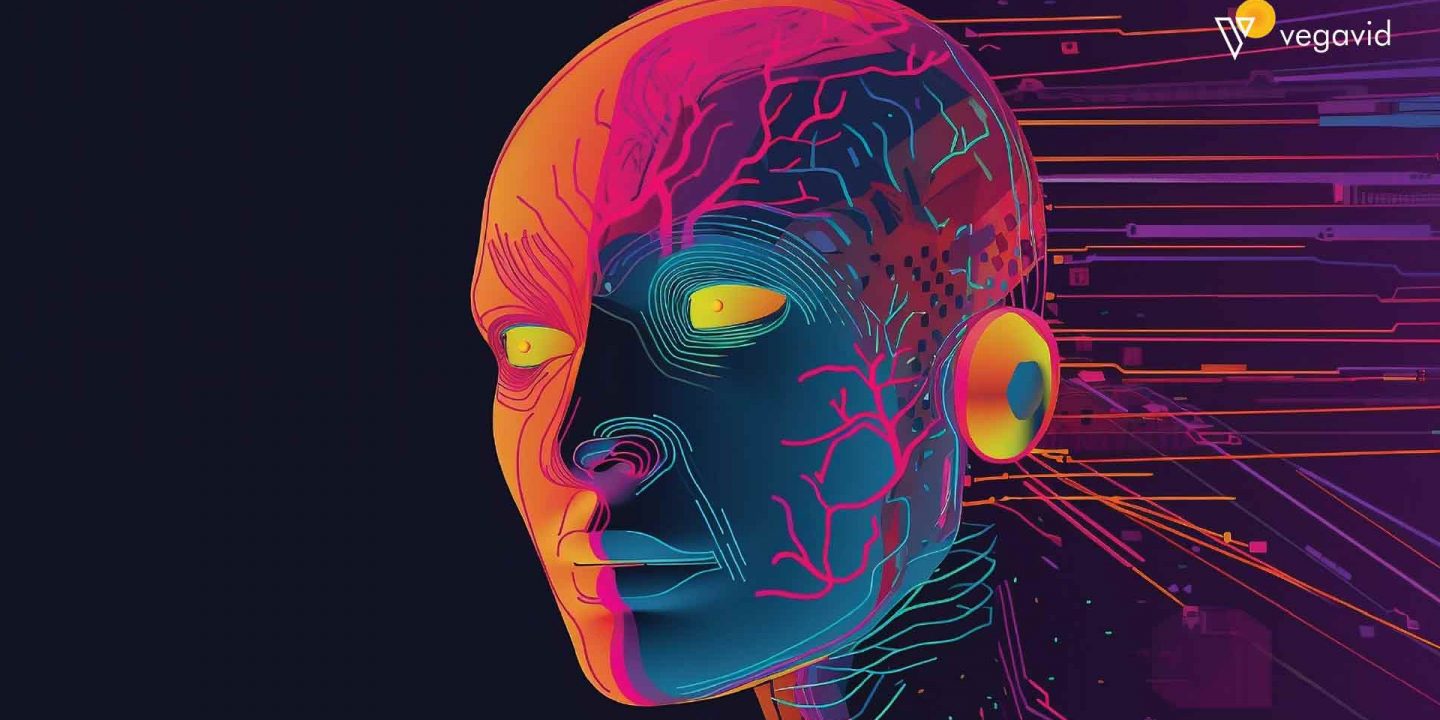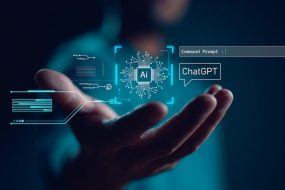
Content creation is undergoing a technological revolution powered by AI and machine learning. Tools like AutoGPT promise to generate content automatically, quickly, and at scale. But can AI truly replicate the creativity, nuance, and depth of human-generated content? In this article, we will explore the benefits and limitations of AutoGPT-generated content compared to that created by traditional human means. We’ll discuss the potential future of this emerging tech and its implications for content marketers, writers, and creators.
What is AutoGPT and how does it work?
AutoGPT is an AI-based tool that generates text using a machine learning technique called GPT, which stands for Generative Pre-trained Transformer. AutoGPT uses a large neural network model called GPT-3 to automatically produce human-like writing given only a short prompt as input.
GPT-3 has been trained on an immense dataset of over 500 billion words from the internet. This training helps GPT-3 understand language nuances and how different concepts and ideas relate to each other. When given a prompt, GPT-3’s neural network “thinks” of possible continuations that make sense and writes text to complete the idea.
To use AutoGPT, a user first enters a short text prompt of around 25-50 words describing the type of text they want AutoGPT to generate. This could be a summary, blog post, article, social media post, etc. based on the user’s chosen “genre”.
AutoGPT then leverages the massive knowledge and language understanding of GPT-3’s neural network to produce text in real-time that attempts to complete the user’s prompt. The generated text can be anywhere from a few sentences to thousands of words, depending on the user’s selected “length”.
While extremely useful, AutoGPT-generated text still suffers from a lack of nuance, specificity, and domain knowledge compared to text written by humans. But with continued improvements to the underlying GPT models, AI-generated content tools like AutoGPT have the potential to revolutionize many fields that rely on the written word.
The advantages of using AutoGPT for content creation
Here are the key advantages of using AutoGPT for content creation:
- Speed – AutoGPT can generate vast amounts of text in seconds, while it takes humans hours or days to write the same amount. This allows for the rapid generation of initial drafts, ideas, and content at scale.
- Cost – Since AI-generated content requires no human labor, it is significantly cheaper to produce large volumes of text using tools like AutoGPT. This can lower content production costs for businesses.
- Consistency – Once trained on a user’s preferred writing style and tone, AutoGPT can generate consistent content that maintains a similar quality and voice over time. This provides a more uniform customer experience.
- Idea generation – AutoGPT can rapidly come up with many possible angles, headlines, and ideas for a given topic to help spark creativity in human writers. It acts as a brainstorming aid.
- Round-the-clock availability – Since AutoGPT is automated, it can generate content at any time of day without breaks. This provides the option for “always-on” content production.
- Objectivity – AI-generated content tends to be more impartial and fact-based since it is not influenced by human biases during writing. This can ensure content remains objective.
- Standardization – AutoGPT makes it easier to standardize the format, structure, and style of content produced across an organization. Human writers can deviate more.
- Minimal editing – AI-generated text typically requires less intensive editing and rewriting since it aims for grammatical correctness and standardized style. This saves human editing time.
- Repurposing – Content generated by AutoGPT can be easily modified, shortened, or lengthened for different uses across blogs, social media, websites, emails, and more. This allows for content repurposing.
The key downsides of AI-generated content relate to a lack of nuance, specificity, and “human touch” compared to writing done by people. But as AI systems improve, the pros are likely to outweigh the cons for many organizations leveraging content at scale.
Traditional Content Creation Methods
- Writers – Hiring professional writers remains one of the most effective ways to produce high-quality content. Writers can research a topic in-depth, craft nuanced, targeted articles and infuse emotion that engages readers. However, it tends to be slower and more expensive.
- Editors – Editors refine the work of writers to improve structure, clarity, and flow. They ensure the content matches the publication’s voice and tone. Editing helps create polished, professional-level articles. But editing still requires original content from writers.
- Research – Thorough research into a topic lies at the heart of any good article. Researchers comb through sources, filter relevant information, and verify facts to provide a solid base of knowledge for content creators. Primary and secondary research methods are utilized.
- Surveys – Surveying target audiences are a common way to gather insights and perspectives to include in articles that resonate with readers. Readers want to see their views reflected in the content they consume. However, surveys take time and effort to conduct properly.
- Interviews – Interviewing experts and practitioners within a topic area is a proven method for achieving depth and authority in content. Firsthand perspectives and quotes bring topics to life. But interviews require time and scheduling with the right sources.
- Outlines – Detailed outlines help structure content in a logical flow, with key headers and supporting points. Outlines ensure content covers all important angles of a topic and avoids redundancy. But outlines must then be turned into fully developed text.
- Drafting – Multiple drafts of content, with revisions between each, allow ideas to clarify and strengthen over time. Early drafts focus on major elements while later drafts refine details. But drafting is an intensive, multistage process.
- Editing – Even the best first drafts require careful editing to improve clarity, conciseness, and flow. Editors refine language, fact-check, trim redundancies, and suggest restructuring. But editing still builds on drafted content.
As seen by the human labor involved, traditional content creation methods tend to produce more nuanced, targeted work – though at a higher cost and slower pace compared to AI-generated content. An optimal mix of both approaches may define the future of content marketing.
Use Cases: AutoGPT vs. Traditional Content Creation
Content creation for marketing and advertising
AutoGPT excels at rapidly generating many initial ideas, headlines, and angles to explore for an upcoming campaign. But human writers are needed to narrow the topics, add nuance and tailor the messaging to the target audience.
Blogging and article writing
AutoGPT works well for producing first drafts of longer-form blog posts or summarizing research findings. But human writers can refine, restructure and personalize the content to resonate more deeply with readers. Key details and real-world examples elevate human-created articles.
Social media content generation
AutoGPT is well suited for generating a constant stream of basic social media updates across multiple platforms at scale. However, more complex, personal content that builds authentic connections requires a human touch and brand voice that AI still struggles to match.
Product descriptions and reviews
AutoGPT can rapidly generate many possible product descriptions to choose from based on a prompt. But human input is vital to ensuring the “right” details are highlighted, comparisons made, and customer benefits focused on. Authentic reviews require a human perspective.
Creative writing and storytelling
AutoGPT struggles with longer-form fiction as its content lacks nuanced characters, plots, and original ideas. For now, creative writing ability remains a domain where human imagination, experience, and creativity still significantly outpaces AI systems. AutoGPT works best supporting – not replacing – creative authors.
AutoGPT excels at rapidly generating a large volume of basic content with grammatical correctness. But for complex, nuanced, and targeted content that engages audiences emotionally, AutoGPT still lags far behind traditional human-created work. The strengths of each approach are often most powerful when combined synergistically.
The Future of Content Creation
Today, most content is still created by human writers, but AI-assisted content generation tools like AutoGPT are on the rise. Both approaches have strengths and weaknesses. So how will these trends shape the future of content creation?
A blended model is likely – AI will become an essential tool that assists human writers rather than replaces them. AI will handle repetitive, lower-value tasks like drafting initial content, conducting broad research, and coming up with many possible headlines and ideas. But humans will retain control over shaping the final content to match their voice, expertise, and desired audience impact.
AI content tools will continue to improve rapidly. Advances in large language models, better contextual understanding, and reduced biases will drive huge gains in the quality of AI-generated content over the next few years. But fully replicating the nuanced creativity of human writers remains a long-term challenge.
As a result, jobs for human writers, editors, and content marketers are unlikely to fully disappear. If anything, demand for content and messaging will only expand. But these roles will evolve to focus more on refining AI outputs, adapting AI suggestions to specific needs, and infusing content with human values and creativity.
New hybrid jobs may also emerge that blend AI tool management with content creation. Workers who understand how to leverage AI most effectively while augmenting – not replacing – their skills will be in high demand.
Content will become more data-driven. AI can more easily analyze vast amounts of data on topics, keywords, trends, and competitors to inform which types of content will perform best. But human judgment will still be required to craft messaging that resonates authentically.
While AI-generated content shows enormous disruptive potential, an optimal model leveraging the strengths of both AI and humans appears most feasible and beneficial in the long run. Content creators who learn to partner with – not compete against – AI systems will thrive in the digital content economy of the future.
Conclusion
While AutoGPT and AI-generated content holds immense potential to supplement and assist human writers, it is unlikely to fully replace traditional content creation any time soon. AI still struggles with context, nuance, originality, and longer-form writing. But with continual improvements, AI-generated content will likely become a valuable tool that assists and enhances – not substitutes – human creativity. The future of content creation will likely be a blend of AI and human strengths: AI to rapidly generate ideas, initial drafts, and suggestions, and human creativity to refine, elaborate and infuse the required emotion, depth, and nuance. A symbiotic relationship between AI tools and human writers may define the next generation of effective content marketing.











